AnOther selects the very best of this weekend's photography fair
While this year's edition of Paris Photo should have been a triumphant celebration of the year’s greatest photographic successes, the weekend was blighted by the tragic events which took place around it. And yet, in the midst of darkness, the power of the image – whether used to rally support and offer a collective message of solidarity, unity and love on social media, or to circulate positivity as the city strives to move forwards in the midst of sadness – shines through. It is in this very spirit of defiance, that AnOther presents a collection of the most exciting and engaging photographs to be seen on the opening day of the 2015 fair, from William Klein’s behind-the-scenes shots of a Jean-Paul Gaultier show, to Jessica Backhaus’ evocative still lives.
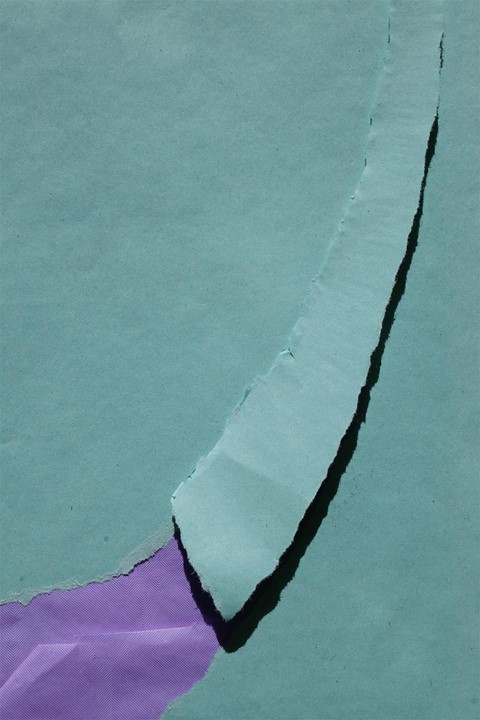
(Untitled) 2015, by Jessica Backhaus
German photographer Jessica Backhaus is widely considered one of the most distinguished voices contemporary photography has to offer in her native country, and even as little as a momentary glance at her submission for Paris Photo offers a jolt of recognition, giving some inkling as to why. She employs all manner of subject matter in her characteristic crisp style to communicate her message – from young girls whose essence she captures in modest yet revealing portraits, to inanimate objects, which she distils into clear and communicative still life images to suggest an altogether more profound meaning.
The image above is from Backhaus’ 2015 series Six Degrees of Freedom, which explores “universal themes of origin, yearning, identity, and destiny,” her website explains. Backhaus’s ability to evoke questions of the significance of one’s heritage using nothing but a careful arrange of torn paper, or a discarded coil of rope, is as astounding as it is effective.
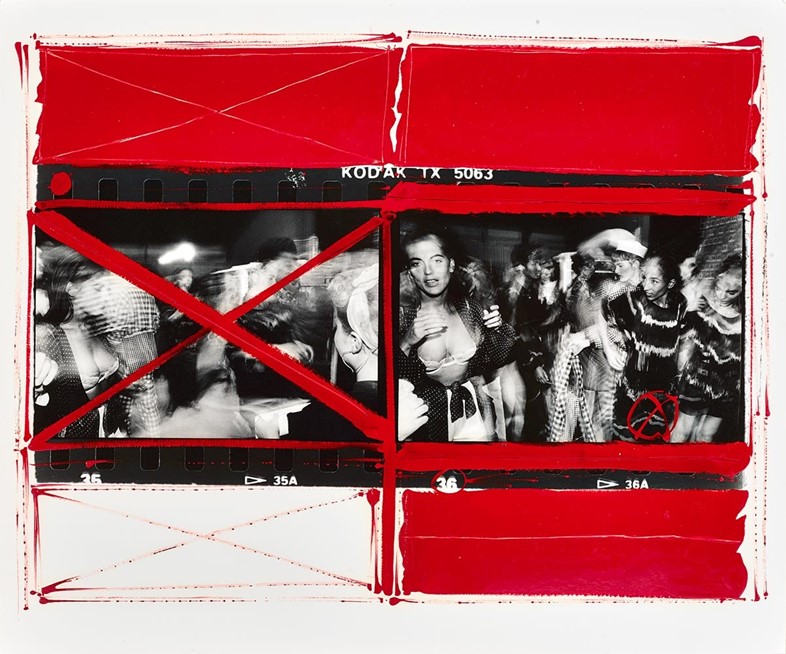
Backstage, Jean-Paul Gaultier, Paris 1986, by William Klein
American-born, Paris-based photographer William Klein is widely celebrated for his pioneering approach to fashion photography and photojournalism, frequently employing unusual photographic techniques to achieve his unique aesthetic. One such approach involves daubing his contact sheets with bold sweeps of paint in vibrant hues to mark out his chosen shots, thereby rendering them artworks in their own right. The above diptych – one image crossed out, the other framed in scarlet – fall into this category – and serves as a captivating study of the hustle and bustle backstage at a Jean-Paul Gaultier show, as well as offering a behind-the-scenes look at the photographic process.

Bushaltestelle, Frau Höppe und Tochter, 1979-1981, by Wilhelm Schürmann
German photographer Wilhelm Schürmann is renowned for his monochrome works, documenting the landscape of towns and cities with a frequent focus on architecture. A master of composition, here, Schürmann applies his clean-cut aesthetic to two elderly ladies – Frau Höppe and her daughter (apparently, although sister seems more likely) – who stand in perfectly matching poses and clothing, save for the fastening of their pale macks. The resulting photograph, as we're sure you'll agree, is a delightful and moving snapshot of an everyday idiosyncracy that may otherwise have slipped by unnoticed.
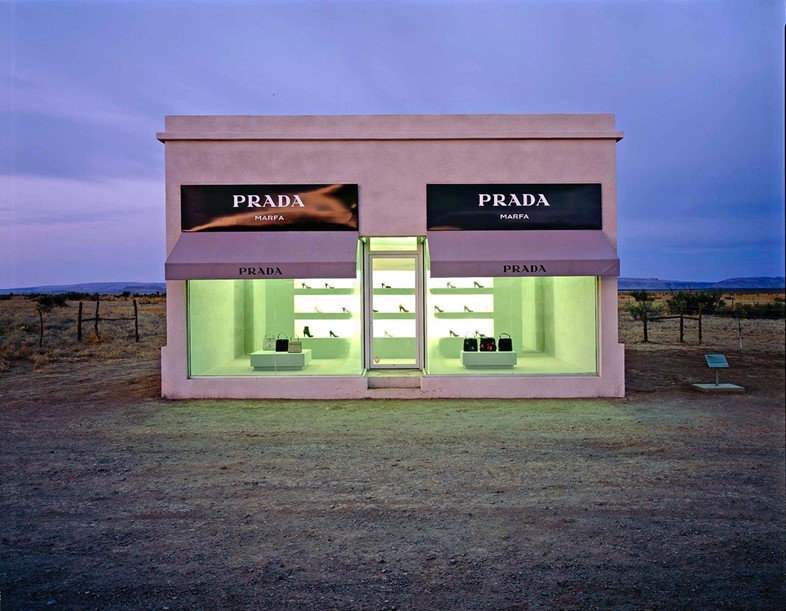
Desert Prada, Texas, 2006, by Burk Uzzle
American photojournalist, and former president of Magnum Photos, Burk Uzzle is perhaps best known for his extraordinary photographs of Woodstock in its heyday, which capture perfectly the hedonistic spirit of the famed American music festival. While he also photographs beautifully in black-and-white, Uzzle has a particular knack for capturing sumtuous colour combinations, as demonstrated here in his mesemerising shot of Prada Marfa – the art installation by Michael Elmgreen and Ingar Dragset, which comprises a pop-up Prada store built on the stark, arid turf of the Texan desert.
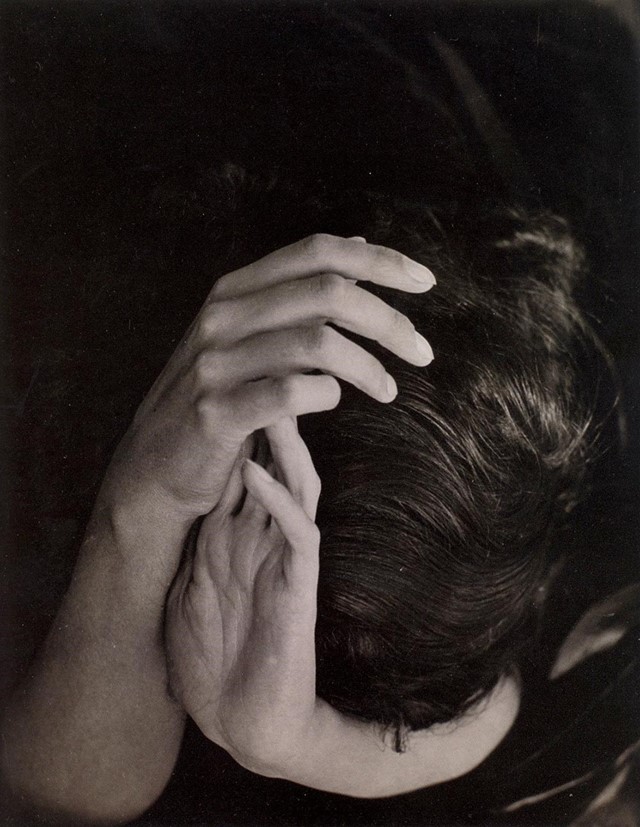
Head in Hands, 1935, by Wolfgang Wols
Wols, AKA Alfred Otto Wolfgang Schulze, was a German painter and photographer. He lived a relatively short life, dying of food poisoning in 1951 at the tender age of 38, but his impact, though largely unrecognised in his lifetime, was remarkable. He is considered a pioneer of Lyrical Abstraction in photography, he authored Aphorismes de Wols, a book focusing on art theory, and he was one of the most influential artists to partake of the Tachisme movement – stylistically-speaking, the European equivalent of American abstract expressionism.
In particular, Wols was extraordinarily prolific in black and white photography, and the above image encapsulates the implicit lyricism of his work. Emotive and serene, his subject’s posture could be attributed as much to despair as to exhaustion or joy, and the ambiguity of the poise, paired with the soft black and white tones, make the photograph irresistible.
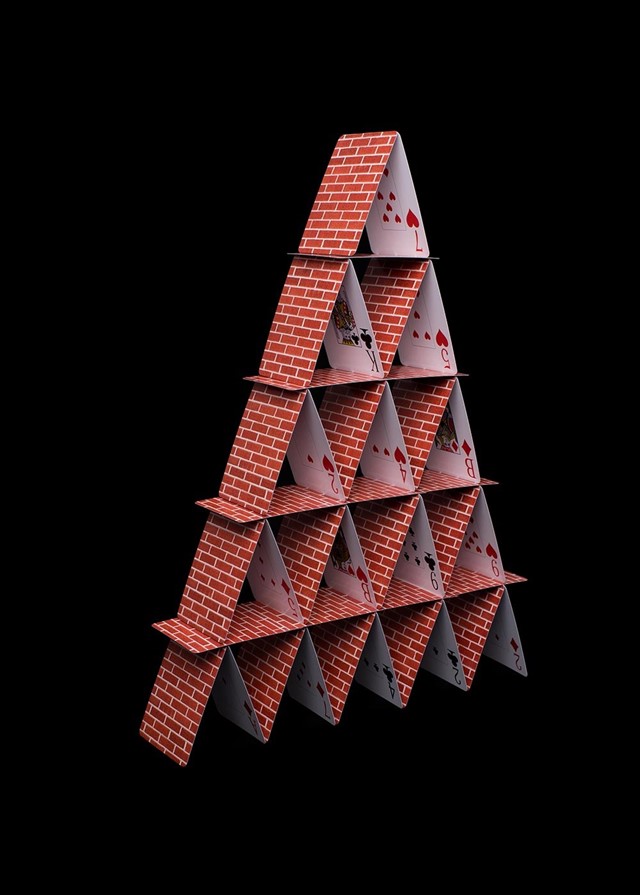
Photography #14, by PUTPUT
Copenhagen-based artist duo Studio PUTPUT doesn’t appear to have a governing motto, but if it did, it should probably be based on the tenets of ‘work is play’. Their projects pivot around the theme of experimentation – whether that be arranging a diverse collection of objects to vaguely resemble the form of a shoe, or using a similarly eclectic bunch of stuff to conceal the blooms on a bouquet of flowers. This image is from one such playful undertaking – a visual pun on the concept of a ‘house of cards’.
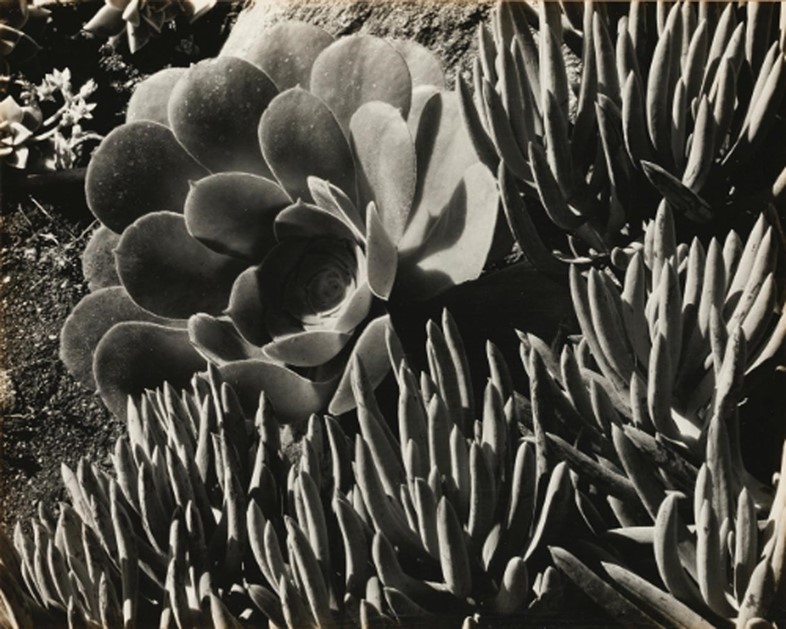
Succulents, 1930, by Edward Weston
If you thought succulents, cacti, and all surrounding foliage were purely a modern phenomenon reserved to Instagram and the interior design blogosphere, then allow this photograph, which was taken in 1930 by pioneering image-maker Edward Weston, to prove you wrong. The 20th century American photographer was a master of naturally occurring undulating forms, and this softly focused photograph, of a bed of cacti, is a testament to why.
In light of the fair's early closure, Paris Photo, along with its partner Sisso, have decided to offer a unique virtual tour of this year's works. Click here to begin viewing.